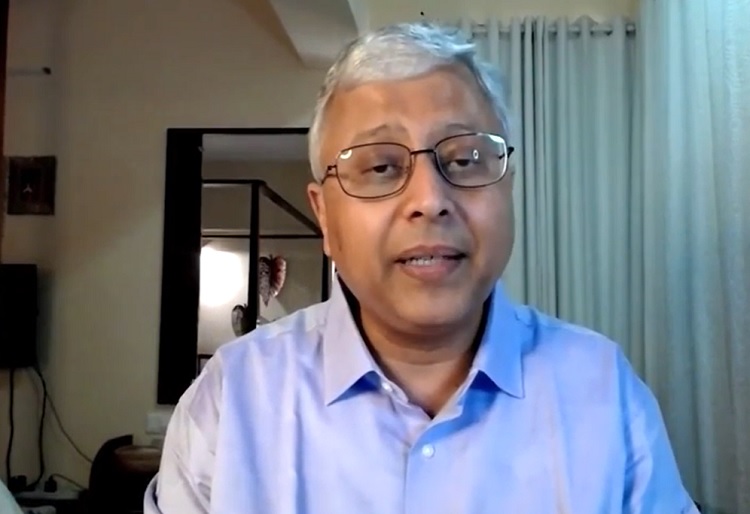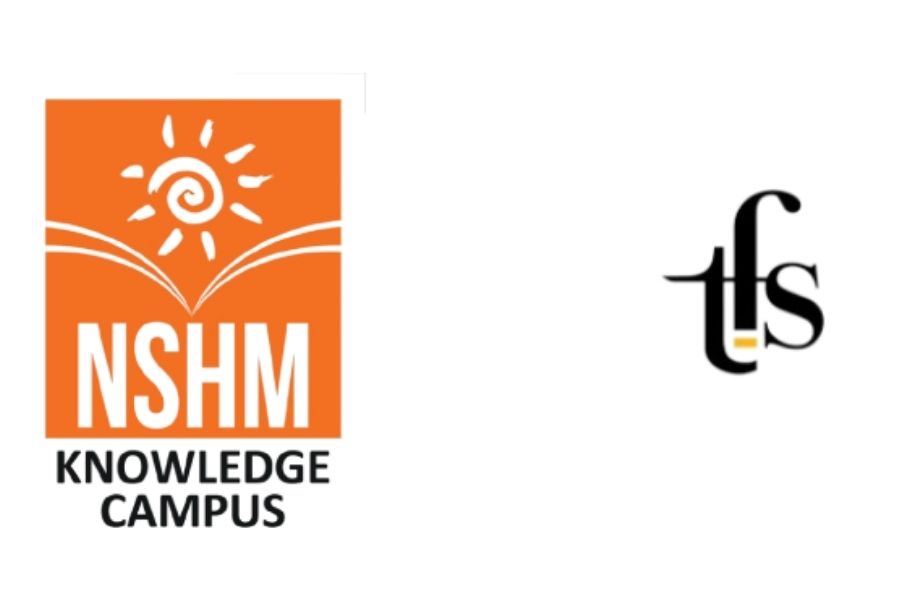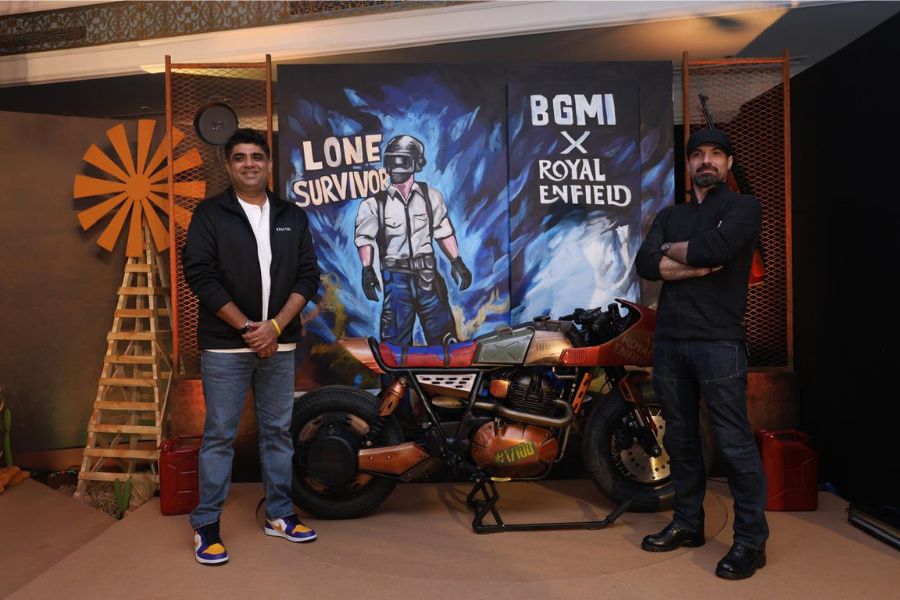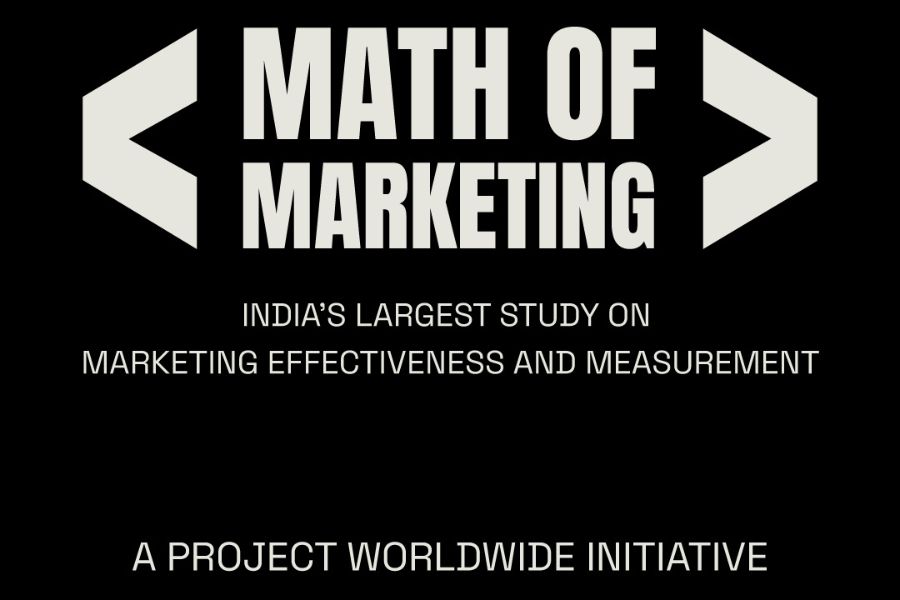During the Apac leg of the Adobe Summit held virtually on 17 March, Rajshankar Ray, MD and CEO, IFB Industries, discussed how the company embarked on a digital transformation journey by foraying into a D2C business model.
Ray was in conversation with Shweta Ram, senior solutions consultant, Adobe.
Project CFC
Ray stated that the digital transformation journey was labelled project CFC (customer first choice).
He mentioned that even before the digital D2C journey, a God-gifted strength for IFB was that 30% of its sales came directly from the company to the consumer, without the intervention of channel partners. With the addition of digital (e-commerce channels + its website), this increased to 35%.
With these numbers hit, IFB was looking to find a better way to connect directly to the consumer.
On the process to achieve those numbers, Ray explained, “For us, digital was a logical progression. We had an erratic way of staying in touch with consumers. I mentioned the ‘God-gifted’ strength of being D2C earlier. Using digital, we wanted to streamline and strengthen this connection with our six million-plus consumers.”
He added that the company looked at three aspects when they began the journey.
“One of the things we discussed early in the project was that if we had to connect well with customers, it was obvious that we had to have streamlined data. Quickly into the project, we understood how ‘unstreamlined’ our data was. We had data all over the place and the biggest part of the exercise was organising, cleaning and streamlining data,” he said.
The second focus area was content.
“We were very happy that we were sending out thousands of emails in the first few months. But, everything was either getting rejected by customers, or they were not opening it,” he said.
IFB rectified that by sending out relevant information rather than just sharing offers.
“We were talking about relevant issues. If you're talking to a washing machine customer, instead of just pitching a new model, talk about how the user can remove stains or handle woollens. It sounds intuitively simple but getting the content organised wasn't. We've made progress and every day is a new learning,” added Ray.
The third step IFB learned was during the journey.
“We understood that metrics were more important. With this, we have gone from getting excited from the percentage of customers opening emails to the number of visitors arriving on the website, to finally understanding that it's the sales that matter. Unless you're getting the business revenue, the effort isn't worth it,” explained Ray.
Business results
Ray went on to reveal the business results from project CFC.
Before doing so, he explained the metric IFB India put in place.
“We developed a metric to understand what happens with a campaign. Our tracking system allows us to figure out if a person who has visited the store has come through after viewing our campaign. We have an extremely strong tracking system of who buys our products and capture almost 90-95% of sales on a real-time basis on the CRM system,” he said.
On the business results after this project, IFB India has generated revenue of around US$ 5,00,000 per month (approximately Rs 3.75 crore). According to Ray, this should triple in about two to three months and contribute to 3% of the company sales.
Ray ended his talk with three points other organisations should keep in mind before undergoing a D2C transition:
1: Pick a bunch of youngsters who have experience working on this exercise.
2: The data and the content are the two pillars on which going D2C rests so they can’t be taken lightly. Time should be spent on both. If data can’t be interpreted correctly, it’s useless. Learn from what the content is doing and adapt.
3: Senior people have to give time to understand the metrics well. Every time one gets used to a metric, something new arrives. You have to be clear with what you’re chasing.




